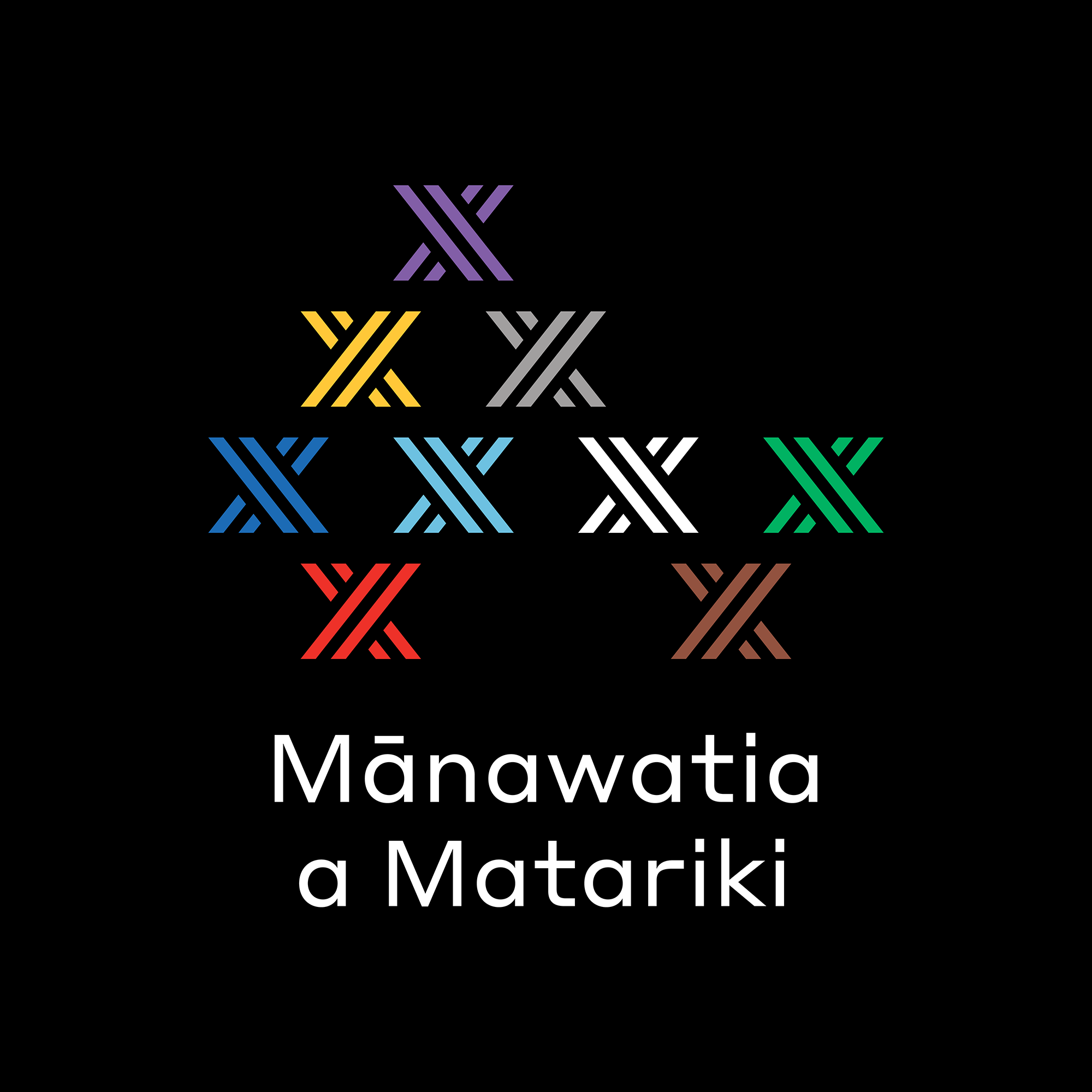Table of contents
Recommended for you

Closing the insights gap for council's outdoor workers
Your employee engagement survey results are in! But the participation rate of ...
Read More
The fact is that most of us have been doing diversity and inclusion wrong. Despite the volume of articles, think pieces, strategies and whitepapers being churned out week after week, D&I related results are poor, and most of our understanding of the topic is even poorer. We don’t even need to rely on our profession for lessons about diversity and inclusion. There are striking examples out there in the real world.
Take 2019 July's Cricket World Cup. The English team, famously humiliated in Wellington in 2015, enjoyed one of the greatest turnarounds in sporting history when they beat us in a final rightly called one of the most thrilling games of cricket history.
The team that went from a group of underperforming individuals to the highest-performing in the world put it down to a single factor - diversity and inclusion. It went from being one of the most monocultural to a genuine mix of talent, with one Irishman, two South Africans, a Kiwi, a Barbadian and two English-born Muslim players.
One of those Muslim players, Moeen Ali put the team’s success down to it’s “diversity and ability to accept and celebrate differences”. At the post-final press conference, Captain Eoin Morgan said the team’s differing views was a huge source of strength. They found unity in their differences and turned that into sporting gold.
Of course, some businesses have managed to reap the benefits too. Qantas stands out as a company that went from posting a $2.8 billion loss to a record profit of $850 million in just four years. CEO Alan Joyce was emphatic that his company’s diverse environment and inclusive culture was responsible, claiming it had generated “better strategy, better risk management, better debates, better outcomes.”
With these lessons all around us, why are we not seeing the same transformation in more Kiwi workplaces?
Let’s start with our record on demographic diversity, a familiar concept to all of us and one that generates a good amount of publicity and debate. Demographic diversity is about the makeup of our workplaces reflecting the makeup of New Zealand as a whole. Pretty basic stuff.
In March 2018, the annual Grant Thornton Women in Business Report ranked New Zealand second to last 33 out of 35 countries for female representation on the senior leadership teams of corporates around the world. This year they didn’t even release a figure for it.
This is a national shame and it should really be regarded as a national crisis. I believe that one of the major reasons we haven’t achieved demographic diversity is because of our shallow understanding of the true benefits of diversity to organisational performance. In short, we haven’t learned to understand the value of diversity of thinking.
Diversity of thinking is the real new frontier for Kiwi organisations, and we HR professionals the greatest benefit we can offer is to build workplaces that value different thinking styles and find ways to leverage them for business success.
This doesn’t mean striving for demographic diversity is wrong. Rather, a focus on building greater diversity of thought will inherently support a workforce which looks, sounds, acts and speaks differently too.
Global consulting company Deloitte uses a model that illustrates this point well. It holds that complex problems, the type that many businesses face regularly, need to be attacked in no less than six different ways: evidence, options, outcomes, people, process and risk. Very few of us are skilled more than one or two of these, so it takes groups who think differently to solve problems well.
There are a great many other models that show groups with diverse thinking produce better results. Each has its own way of articulating the same premise - that even the brightest individuals struggle to come up with better solutions to problems then diverse thinking teams of lesser academic ability.
How then, do we encourage more diversity of thought in our organisations?
We can go back to basics for this one, right back to one of the most fundamental of human instincts - to belong to a group. What 200,000 years of human evolution have taught us is that we need to feel a part of a group, that’s we’re valued and we’re working toward a shared goal.
In many ways, it’s the inclusion part of the whole diversity and inclusion story, and one that we’ve probably overlooked. Finding ways to make people who think differently feel meaningfully involved in the work of a single team is the key to watching that team’s productivity and innovation soar.
Getting organisations to this point is largely our responsibility as HR professionals, but ultimately it comes down to leadership style. At AskYourTeam, we’ve had nearly 80,000 New Zealanders from close to 300 different organisations give us honest, anonymous feedback about their leaders, so I like to think we speak with some authority on the state of leadership in this country.
Sadly, it's not good. New Zealand leaders are badly out of touch when it comes to how involved and included, they think their employees are, and what we hear from those people directly.
One reason for this is the myth of the ‘complete leader’ that is stubbornly pervasive in New Zealand, even in 2019. These leaders are almost always male, they value toughness, and as a country, we still raise them well above their real worth.
This needs to change. It means hiring more women. And it means hiring leaders who see themselves, in the words of Harvard Business School’s Linda Hill as ‘social architects’. These leaders see their primary role as ‘building the stage, not necessarily performing on it’.
Fortunately, coaching people to practice leadership by involvement is possible and easier than you might think. At AskYourTeam we talk about the Three A’s of leadership by involvement - Awareness, Anonymity and Action.
Take 2019 July's Cricket World Cup. The English team, famously humiliated in Wellington in 2015, enjoyed one of the greatest turnarounds in sporting history when they beat us in a final rightly called one of the most thrilling games of cricket history.
The team that went from a group of underperforming individuals to the highest-performing in the world put it down to a single factor - diversity and inclusion. It went from being one of the most monocultural to a genuine mix of talent, with one Irishman, two South Africans, a Kiwi, a Barbadian and two English-born Muslim players.
One of those Muslim players, Moeen Ali put the team’s success down to it’s “diversity and ability to accept and celebrate differences”. At the post-final press conference, Captain Eoin Morgan said the team’s differing views was a huge source of strength. They found unity in their differences and turned that into sporting gold.
Of course, some businesses have managed to reap the benefits too. Qantas stands out as a company that went from posting a $2.8 billion loss to a record profit of $850 million in just four years. CEO Alan Joyce was emphatic that his company’s diverse environment and inclusive culture was responsible, claiming it had generated “better strategy, better risk management, better debates, better outcomes.”
With these lessons all around us, why are we not seeing the same transformation in more Kiwi workplaces?
Let’s start with our record on demographic diversity, a familiar concept to all of us and one that generates a good amount of publicity and debate. Demographic diversity is about the makeup of our workplaces reflecting the makeup of New Zealand as a whole. Pretty basic stuff.
In March 2018, the annual Grant Thornton Women in Business Report ranked New Zealand second to last 33 out of 35 countries for female representation on the senior leadership teams of corporates around the world. This year they didn’t even release a figure for it.
This is a national shame and it should really be regarded as a national crisis. I believe that one of the major reasons we haven’t achieved demographic diversity is because of our shallow understanding of the true benefits of diversity to organisational performance. In short, we haven’t learned to understand the value of diversity of thinking.
Diversity of thinking is the real new frontier for Kiwi organisations, and we HR professionals the greatest benefit we can offer is to build workplaces that value different thinking styles and find ways to leverage them for business success.
This doesn’t mean striving for demographic diversity is wrong. Rather, a focus on building greater diversity of thought will inherently support a workforce which looks, sounds, acts and speaks differently too.
Global consulting company Deloitte uses a model that illustrates this point well. It holds that complex problems, the type that many businesses face regularly, need to be attacked in no less than six different ways: evidence, options, outcomes, people, process and risk. Very few of us are skilled more than one or two of these, so it takes groups who think differently to solve problems well.
There are a great many other models that show groups with diverse thinking produce better results. Each has its own way of articulating the same premise - that even the brightest individuals struggle to come up with better solutions to problems then diverse thinking teams of lesser academic ability.
How then, do we encourage more diversity of thought in our organisations?
We can go back to basics for this one, right back to one of the most fundamental of human instincts - to belong to a group. What 200,000 years of human evolution have taught us is that we need to feel a part of a group, that’s we’re valued and we’re working toward a shared goal.
In many ways, it’s the inclusion part of the whole diversity and inclusion story, and one that we’ve probably overlooked. Finding ways to make people who think differently feel meaningfully involved in the work of a single team is the key to watching that team’s productivity and innovation soar.
Getting organisations to this point is largely our responsibility as HR professionals, but ultimately it comes down to leadership style. At AskYourTeam, we’ve had nearly 80,000 New Zealanders from close to 300 different organisations give us honest, anonymous feedback about their leaders, so I like to think we speak with some authority on the state of leadership in this country.
Sadly, it's not good. New Zealand leaders are badly out of touch when it comes to how involved and included, they think their employees are, and what we hear from those people directly.
One reason for this is the myth of the ‘complete leader’ that is stubbornly pervasive in New Zealand, even in 2019. These leaders are almost always male, they value toughness, and as a country, we still raise them well above their real worth.
This needs to change. It means hiring more women. And it means hiring leaders who see themselves, in the words of Harvard Business School’s Linda Hill as ‘social architects’. These leaders see their primary role as ‘building the stage, not necessarily performing on it’.
Fortunately, coaching people to practice leadership by involvement is possible and easier than you might think. At AskYourTeam we talk about the Three A’s of leadership by involvement - Awareness, Anonymity and Action.
- Awareness means facing the structural barriers in the human mind that block inclusivity. This includes the unconscious bias against women than men hold, whether they will admit it openly or not.
- Anonymity is about the technology we can leverage to overcome unconscious bias and enable objective decision making. One example is the introduction of blind auditions for orchestras - once players were selected on their merit and abilities alone, the number of women in orchestras jumped significantly. Similarly, workplaces that allow anonymous feedback are the ones where the status quo is constantly challenged.
- Action is doing and measuring. This is about taking anonymous feedback from your organisation, acting on it, then asking for feedback again to gauge whether it has made a difference.










